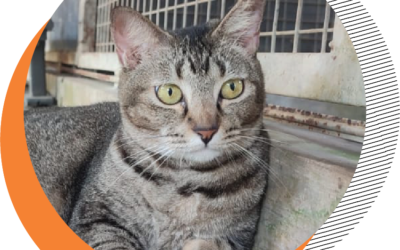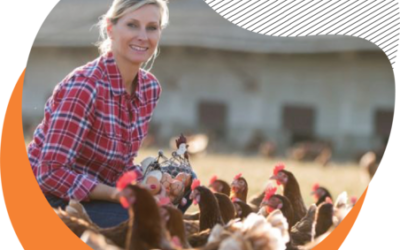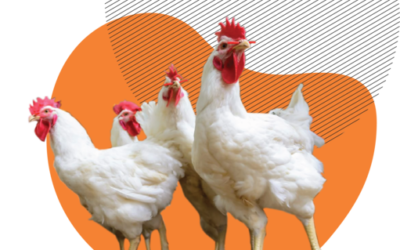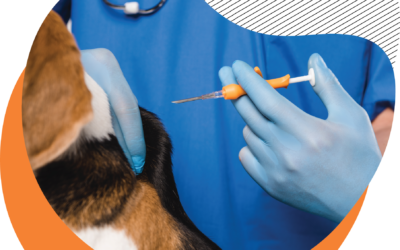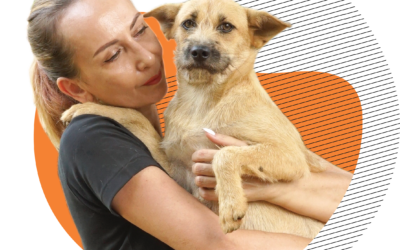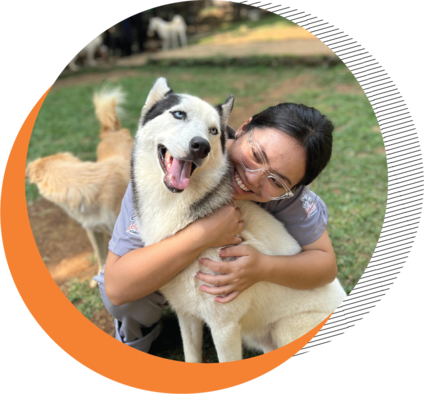
Pets Suitable for Children, According to Age!
Find the right pet for your child based on their age. From fish to dogs, check out our child-friendly pet recommendations here!
By: Drh. Mikeu Paujiah, Dipl. Montessori
Choosing a pet for your child isn’t just about picking the cutest one. Every animal has its own personality and specific care needs. Likewise, every child has a different level of maturity and ability to care for pets, depending on their age and emotional readiness.
So, if you want to introduce your child to a pet, first get to know the types of animals most suitable for each age group. That way, the experience of having a pet can be joyful—not a burden.
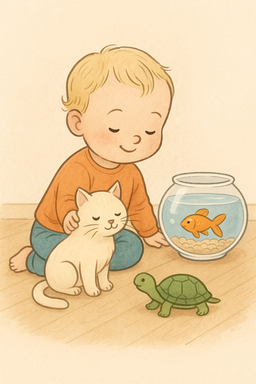
Toddler Age (1–4 years): Focus on Safe Interaction
At this age, children are still learning to control their emotions and motor skills. They tend to be impulsive and haven’t yet learned boundaries.
Recommended pets:
-
Fish (such as guppies or bettas)
-
Small turtles
-
Rabbits (with close supervision)
Note:
Pets at this stage are more for observation than for frequent touching. Parents play a 100% dominant role.

Preschool – Early Elementary (5–7 years): A Great Time to Learn Responsibility
Children at this age can begin to take on small tasks like feeding or cleaning food containers.
Recommended pets:
- Rabbits
- Hamsters
- Tame Cats
- Gold Fish
Tips :
Choose pets that are non-aggressive and easy to care for. Involve the child lightly in the daily pet care routine.

Elementary – Pre-Teen (8–11 years): Becoming Independent and More Empathetic
Children in this age group are usually more patient and better understand animal needs.
Recommended pets:
- Small dog breeds (like Pomeranians or Beagles)
- Cats
- Budgies or lovebirds
Note:
They can start learning to schedule feeding or clean cages with light supervision.
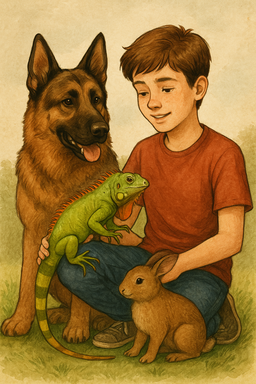
Teenagers (12 years and older): Ready for Bigger Responsibilities
Children at this age are generally able to care for pets more independently, even taking full responsibility.
Recommended pets:
- Medium to large dog breeds
- Any breed of cat
- Reptiles (with proper education and understanding)
- Adopted animals from shelters
Suggestion:
Encourage your teen to be involved in the adoption decision, from researching to understanding care costs.
Important Notes Before Choosing a Pet for Your Child
Before adopting a pet, consider the following:
- The animal’s lifespan (don’t choose just because it’s cute)
- Your family’s time and financial capacity
- Are there any allergies at home?
- Is every family member ready?
Don’t Choose Randomly. Choose the One That Clicks with Your Heart and Fits Your Home!
Choosing the right pet for your child is not just about age—it’s about family readiness too. The right pet can become a learning companion, a furry friend, and a responsibility trainer.
Once you know what pet fits best, don’t forget to teach your child how to treat animals kindly. And remember, animals have the right to be loved and cared for their entire lives.
Reference
Editorial, P. (2019, March 18). These are the best pets for kids at each age. PetMD. https://www.petmd.com/dog/pet-lover/these-are-best-pets-kids-each-age?
(N.d.). WebMD. Retrieved April 9, 2025, from https://www.webmd.com/pets/best-pets-for-kids
Related Post
CONSEQUENCES FROM OVERPOPULATION OF STRAY ANIMALS
CONSEQUENCES FROM OVERPOPULATION OF STRAY ANIMALSContent By : Angelous Bobby Fernando, Founder Adopsi App*This information powered by ADOPSI APPRelated Post
STRAY ANIMALS, Who are they?
Stray AnimalsWho Are They?Content By : Angelous Bobby Fernando,Founder Adopsi AppA mobile application to adopt and adopting domestic animals, like dogs and catsScan fordownload!Related Post
ANIMAL WELFARE FOR FARMERS HOW CAN WE HELP? (2)
ANIMAL WELFARE FORFARMERSHOW CAN WE HELP?By : Natalie Stewart, Co-Founder JAANBerbagai perusahaan internasional telah berkomitmen untuk berubah secara bertahap dengan menjadikan pemasok telur bebas kandang dalam rantai pasok mereka. Lihat siapa saja yang telah...
ANIMAL WELFARE IN SUPPLY CHAIN WHAT WE CAN DO TO HELP ? (1)
ANIMAL WELFARE INSUPPLY CHAINWHAT WE CAN DOTO HELP ?(1)By : Natalie Stewart, Co-Founder JAANFor now, our main focus are egg industry, as it becomes anurgent issue for farm animals in Indonesia. You can see several benefits from applying animal welfare inyour company:-...
THE IMPORTANT OF VACCINATIONS
Vaccination is an injection to weaken the virus/bacteria with a minimal dose with the aim of forming antibodies/immunity to certain diseases in accordance with the injected vaccine.
Do’s and Dont’s
Are you a responsible pet owner?

